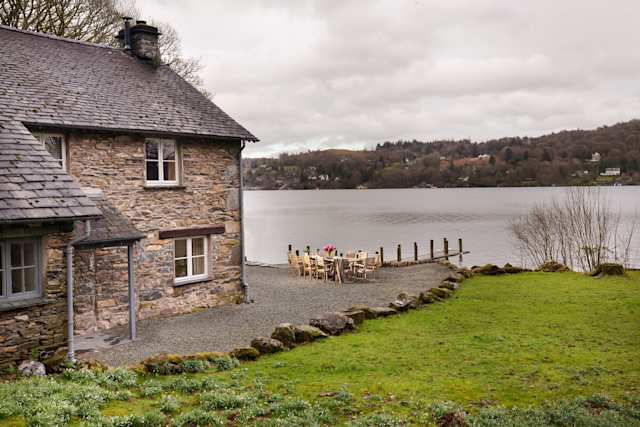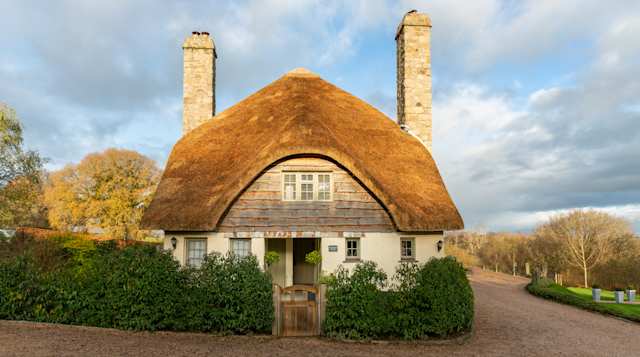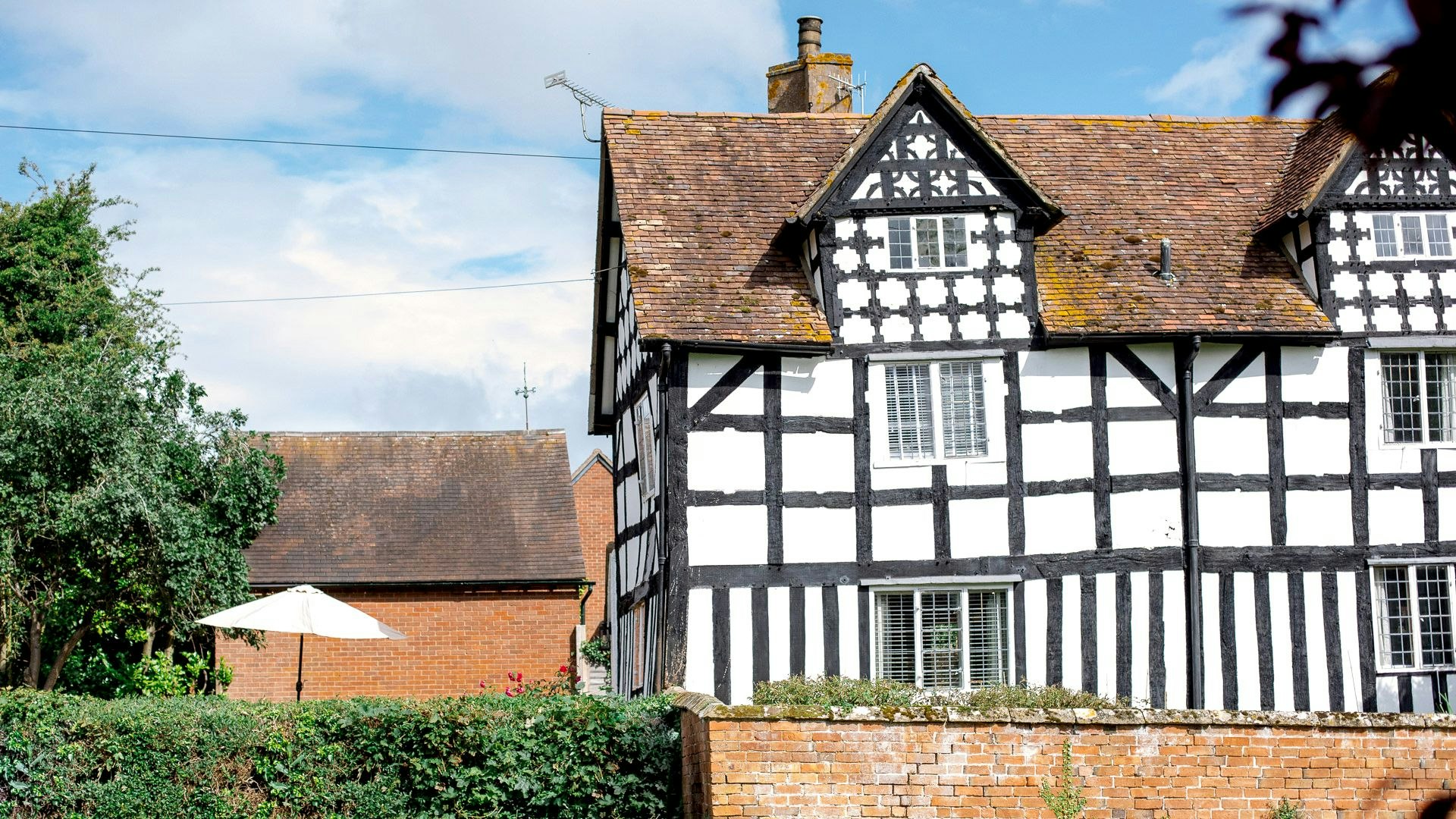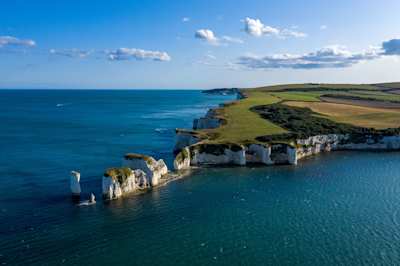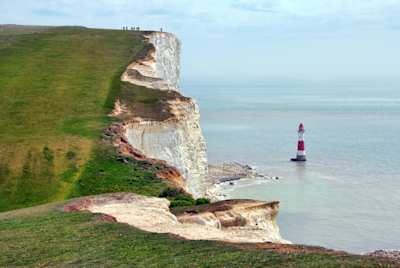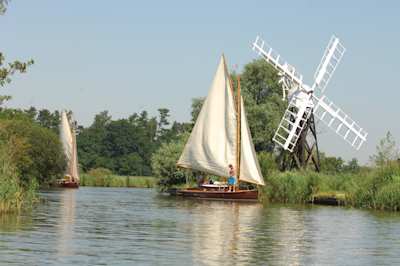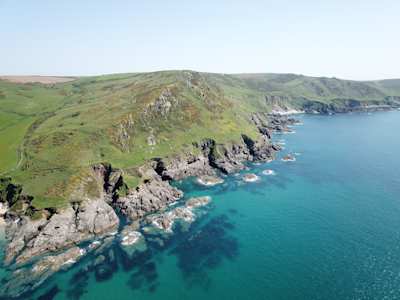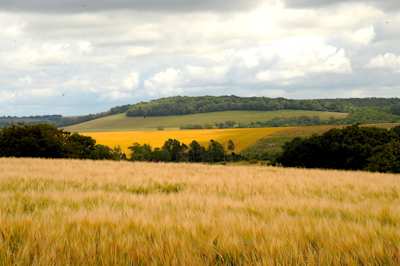The Best Places to Visit in England (And Where to Stay)
Looking for places to visit in England? From Cornwall to the Lake District, Plum Guide has you covered
~
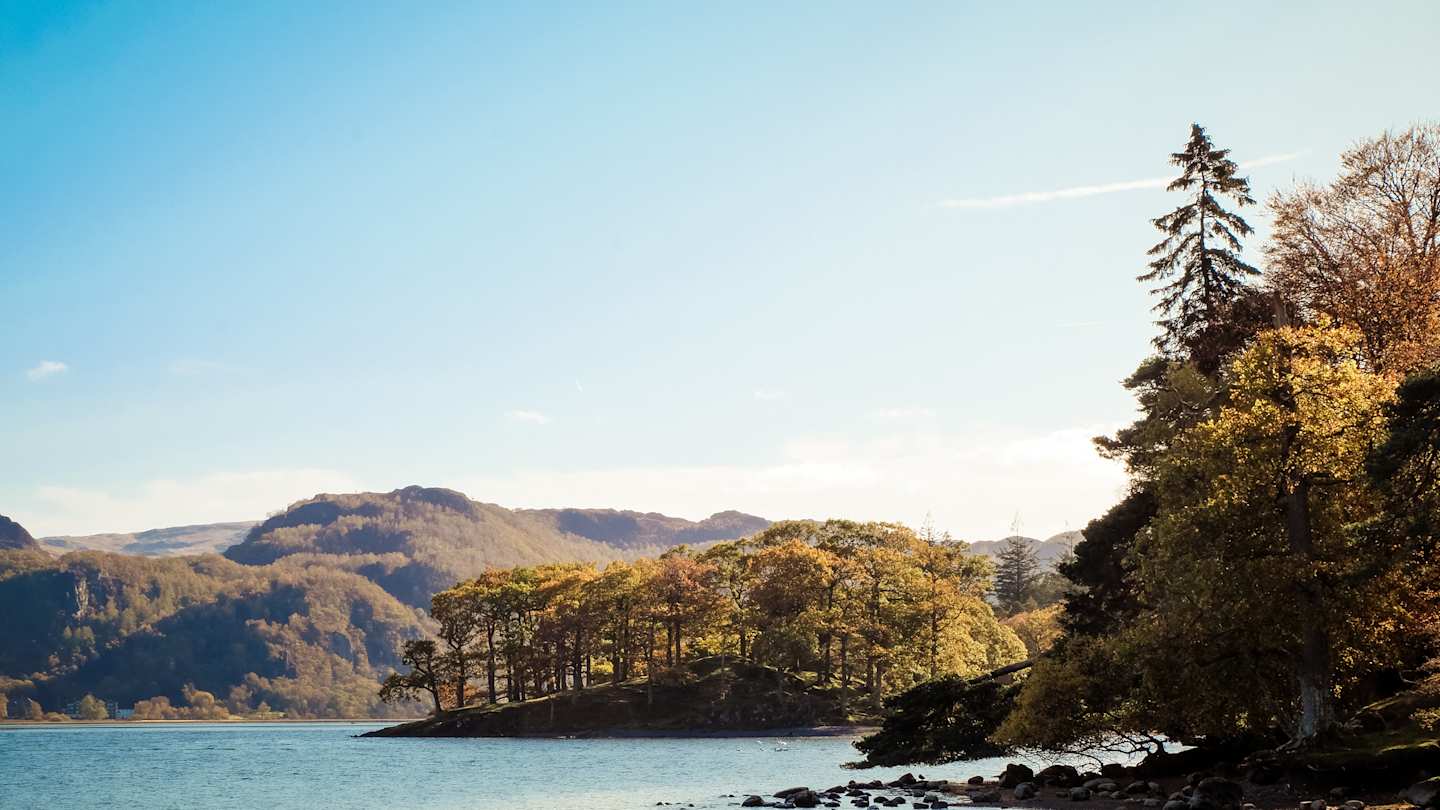
English holidays are memorable for their simple pleasures: toes in the sand, the smell of the sea, lungfuls of fresh air and walks over heathland to village pubs. But we hear you, there are a lot of places to visit in England. So we here at Plum Guide have curated a list of the very best places to explore and stay overnight in the country, doing all your hard work for you. We are experts in this kind of thing, after all - but if you’re looking for more reassurance, just look at our professionally vetted collection of the top 3% of holiday rental homes in some of the country’s top locations.
Cornwall
Cornwall - or Kernow to the locals - is home to well-kept gardens, golden beaches and a legendary food scene. From the Lost Gardens of Heligan to the Eden Project, there’s enough to sate any keen botanist, while the Camel Valley Vineyard provides a place for getting beyond tipsy tasting some of England’s finest wines. Tate St Ives will provide your cultural fix - something about the gorgeous light down here has attracted artists for decades, and you can explore the works inspired by the area. Visit Padstow for its pretty harbour and superlative food scene (Paul Ainsworth at No 6 serves Michelin-starred modern British food made from Cornish produce), but we’d recommend staying across the harbour in the rather more laidback Rock. Otherwise, another great option on our list of where to stay in Cornwall would be Port Isaac - it puts you in prime position for coastal walks.
York
There are countless places to visit in England for history buffs, but York is one of the most charming. Founded by the Romans, then invaded by the Vikings and Normans, York was the capital of England for a time in the medieval era (something that Boris Johnson floated again recently as a temporary measure while the Palace of Westminster gets its refurb). These days the towering York Minster (one of the biggest medieval gothic cathedrals in the world) still presides over the city’s winding cobbled streets. Stay within the city's thick stone walls for proximity to cosy old pubs with wooden beams and creaking floors, and independent cafés housed in historic buildings. Try Roly’s Fudge Pantry on The Shambles, and indulge in artfully presented seasonal contemporary cuisine at Le Cochon Aveugle, or try its more laidback wine bar Cave du Cochon. The Yorkshire Dales and North York Moors are also within easy reach from here if you happen to be craving nature.
Hastings
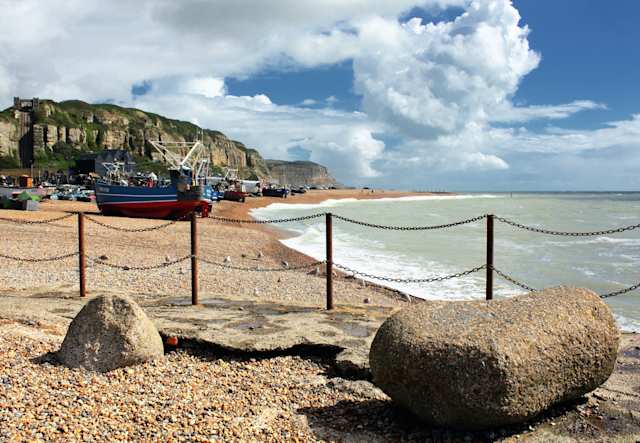
Hastings Beach, England, UK
While you’ll likely be leaving the descriptions of the newer down-at-heel part of Hastings off your postcards, the old town will give you a staycation to brag about. Definitely stay in this area, since it's populated with cosy pubs - of the classic variety, as well as a few tarted up drinking holes that bring a bit of dark-walled Brooklyn style to the British seaside - and independent delis, boutiques, and ice-cream shops in the quaint historic buildings on the High Street and George Street. Take one of the funiculars uphill for spectacular views: the East Hill funicular goes to Hastings Country Park, West Hill brings you to the castle. And, finally, explore more of Hastings’ modern side in the Hastings Contemporary gallery on the seafront, and the pier: a Riba Stirling Prize-winning timber reimagining of the former Victorian structure.
Norfolk
As areas in England go, Norfolk is up there with the finest. The pristine countryside and unspoilt beaches have provided film locations for movies including Danny Boyle’s Beatles-inspired Yesterday to Shakespeare in Love (makes perfect sense, since the north coastline is an Area of Outstanding Natural Beauty, after all). But despite receiving the silver-screen treatment, Norfolk is fairly laidback, really - and its trails and beauty spots are perfect for getting lost in and forgetting the city. Holkham National Nature Reserve offers wetlands, dunes and a vast golden swathe of beach. Visit Blakeney Point for England's largest seal colony, while royalists may enjoy visiting the Queen’s country pile, the Sandringham Estate.
Lake District
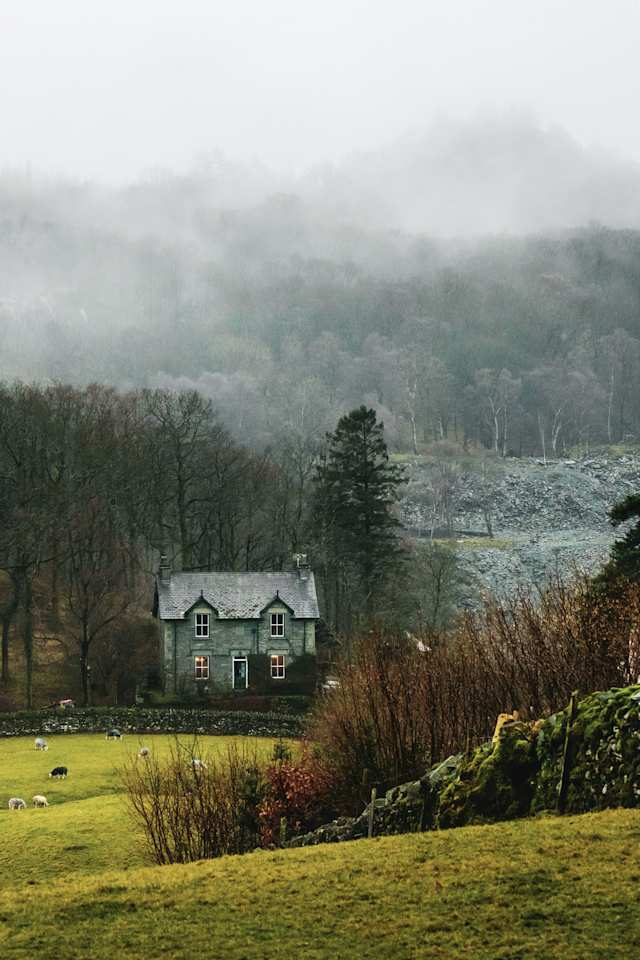
Typical country home in the Lake District, England
Mountain walks and wild swimming are two of the big draws for Cumbria's Lake District, a protected area of national park in the north-west of England that does pretty much what it says on the tin. By that we mean there are plenty of lakes (no kidding). Lake Windermere is probably the most well-known: get out on a yacht or a canoe for a deep-green, tree-clad mountain panorama from a shimmering watery perspective. Stay in a lovely country home near Windermere, or head to Grasmere for pretty stone cottages, riverwalks and to see for yourself why it inspired William Wordsworth so much. To truly disconnect, head to the North Lakes area for silent woods and motorboat-free walks on the water.
Devon
Sandwiched between Cornwall and Dorset, topped and tailed by sea, Devon is one of the best places to visit in England for beachgoers: the pretty harbours and swathes of sand bookended by dramatic cliffs make up some of Britain’s best stretches of seaside. Team that with windswept moors and intriguingly named towns (Woolfardisworthy and Budleigh Salterton are just the beginning) and you have yourself a wonderfully English escape. North Devon’s delights include Lundy Island, also known as Britain’s Galapagos for its diverse wildlife (expect seals, puffins, dolphins and a semi-wild herd of ponies). In south Devon you’ll find chocolate boxy spots like Topsham and classically British seaside towns such as Torquay, where Agatha Christie once lived. In between its two stretches of coast, you'll find protected wild beauty in Exmoor and Dartmoor national parks.
The Cotswolds
Little yellow-stone hamlets, pristine manors, rolling estates, and plenty of opportunities for walks to the thatched village pub are what make The Cotswolds so special. Upon arrival, it’ll be of little surprise to you that the region - which stretches from Bath in the south up to Stratford-upon-Avon - is an Area of Outstanding Natural Beauty. There’s Kelmscott Manor, where William Morris used to go to take a break from designing wallpaper, and leafy Westonbirt Arboretum with around 15,000 trees, including rare species and Daylesford, Britain’s most famous organic farm shop, which also runs cookery courses. Essentially, this is one slice of natural beauty with a very wholesome dollop of English quaintness.




